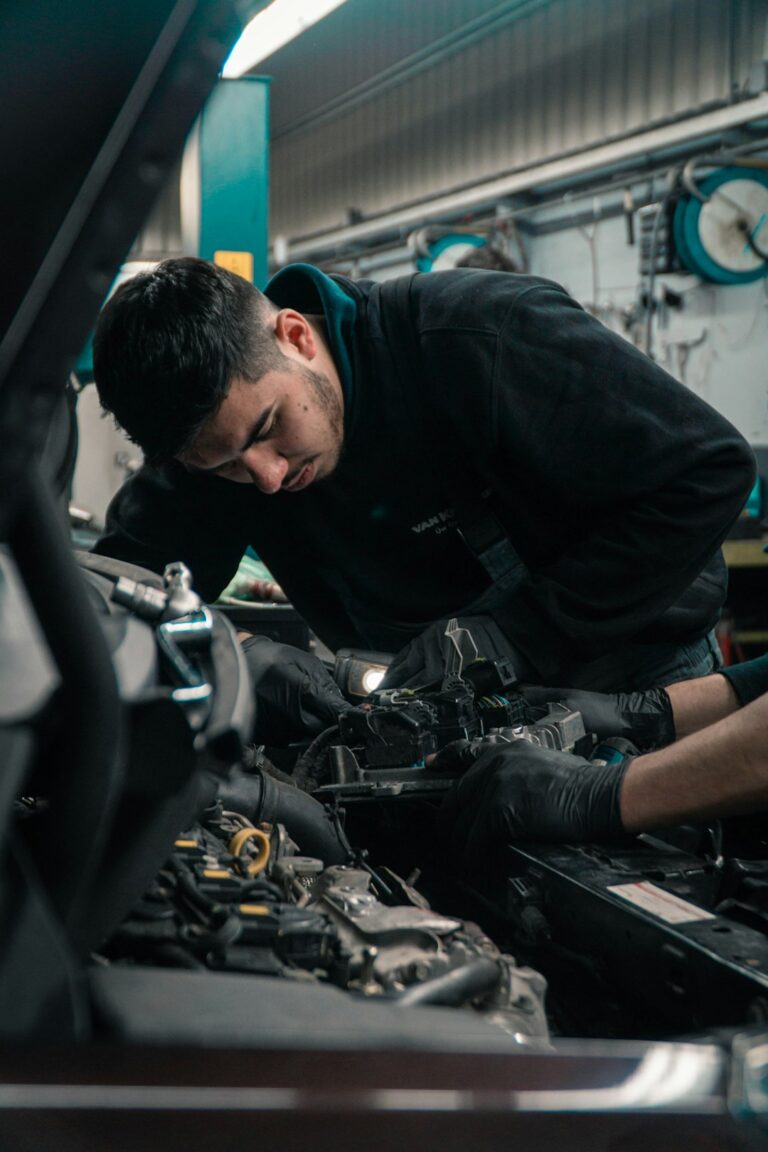The atmosphere of a restaurant can be just as important as the food it serves. Patrons often remember the ambiance, lighting, and layout of a space long after their meal is over. This is where a restaurant interior designer plays a pivotal role in shaping not just the aesthetics, but also the overall dining experience. Their creative input influences how guests interact with a space, feel during their visit, and even how long they choose to stay.
In recent years, the role of restaurant interior designers has evolved. No longer limited to selecting paint colors and furniture, these professionals now collaborate closely with chefs, brand strategists, and architects to create cohesive environments that reflect a restaurant’s identity. Every detail, from the acoustics to the texture of the seating, contributes to a unified experience designed to resonate with the target audience.
A well-designed restaurant space can help tell a story. Whether it’s a cozy bistro meant to evoke a sense of nostalgia or a minimalist concept focused on clean lines and natural materials, the design must align with the culinary vision. A skilled restaurant interior designer understands how to translate a brand’s ethos into physical space, balancing functionality with visual appeal.
Lighting is one of the most impactful elements in restaurant design. It affects not just visibility but also mood and perception. Warm, dim lighting can create an intimate setting, while natural sunlight and open layouts often suggest a more casual, airy experience. Designers must also account for practical considerations like ease of movement for staff, compliance with safety regulations, and sound management to ensure a pleasant dining environment.
Material selection is another critical aspect. Durable yet visually appealing surfaces are essential in high-traffic areas. Designers often opt for sustainable and easy-to-maintain materials that align with a restaurant’s operational needs and aesthetic goals. Texture, color, and pattern are all carefully chosen to support the overall design narrative.
Technology has also started to influence how designers approach restaurant interiors. From integrated ordering systems to ambient soundscapes controlled by mobile apps, modern eateries are increasingly incorporating digital elements. A knowledgeable designer ensures that these features enhance rather than distract from the dining experience.
For those looking to create a memorable dining space, working with design experts can be a game changer. Firms that specialize in hospitality design bring a deep understanding of how to merge form and function. Collaborating with professionals like those at Like Minds Studio can turn a simple idea into a fully realized experience that resonates with guests and supports business goals.
Ultimately, the impact of thoughtful restaurant design goes beyond aesthetics. It builds brand identity, fosters customer loyalty, and even influences revenue. As dining culture continues to evolve, the role of interior designers will remain central in crafting spaces that not only look good but also feel right. From concept to execution, their vision shapes the environments where people gather, connect, and create lasting memories.











